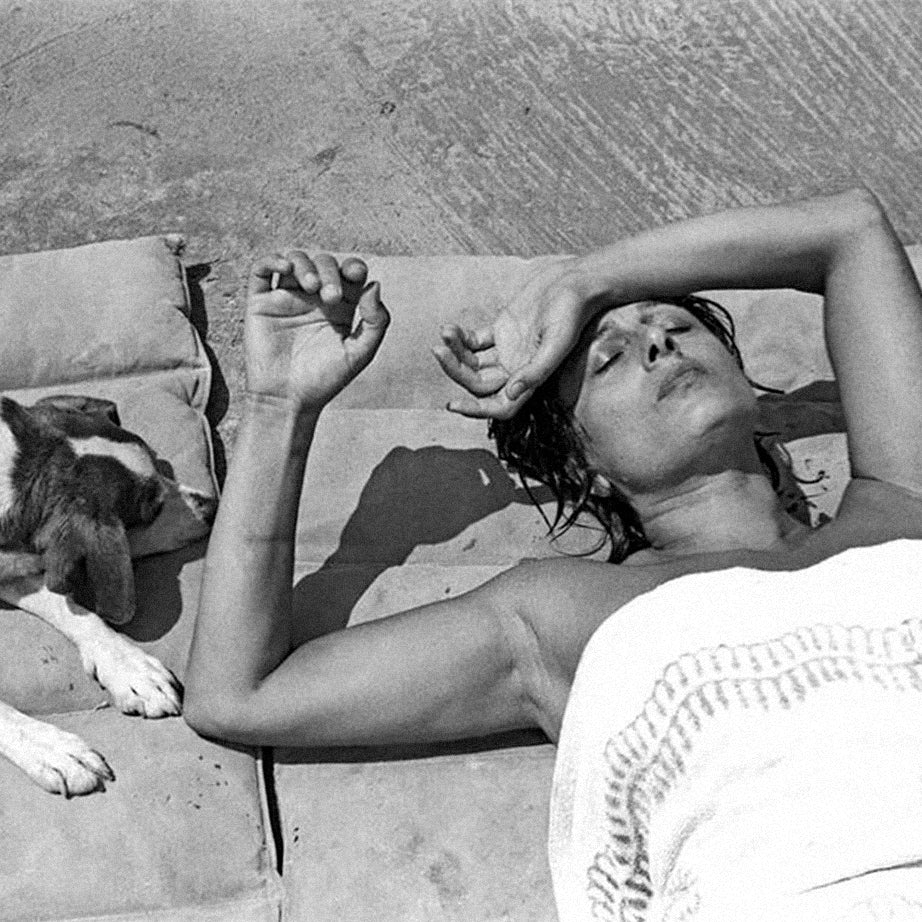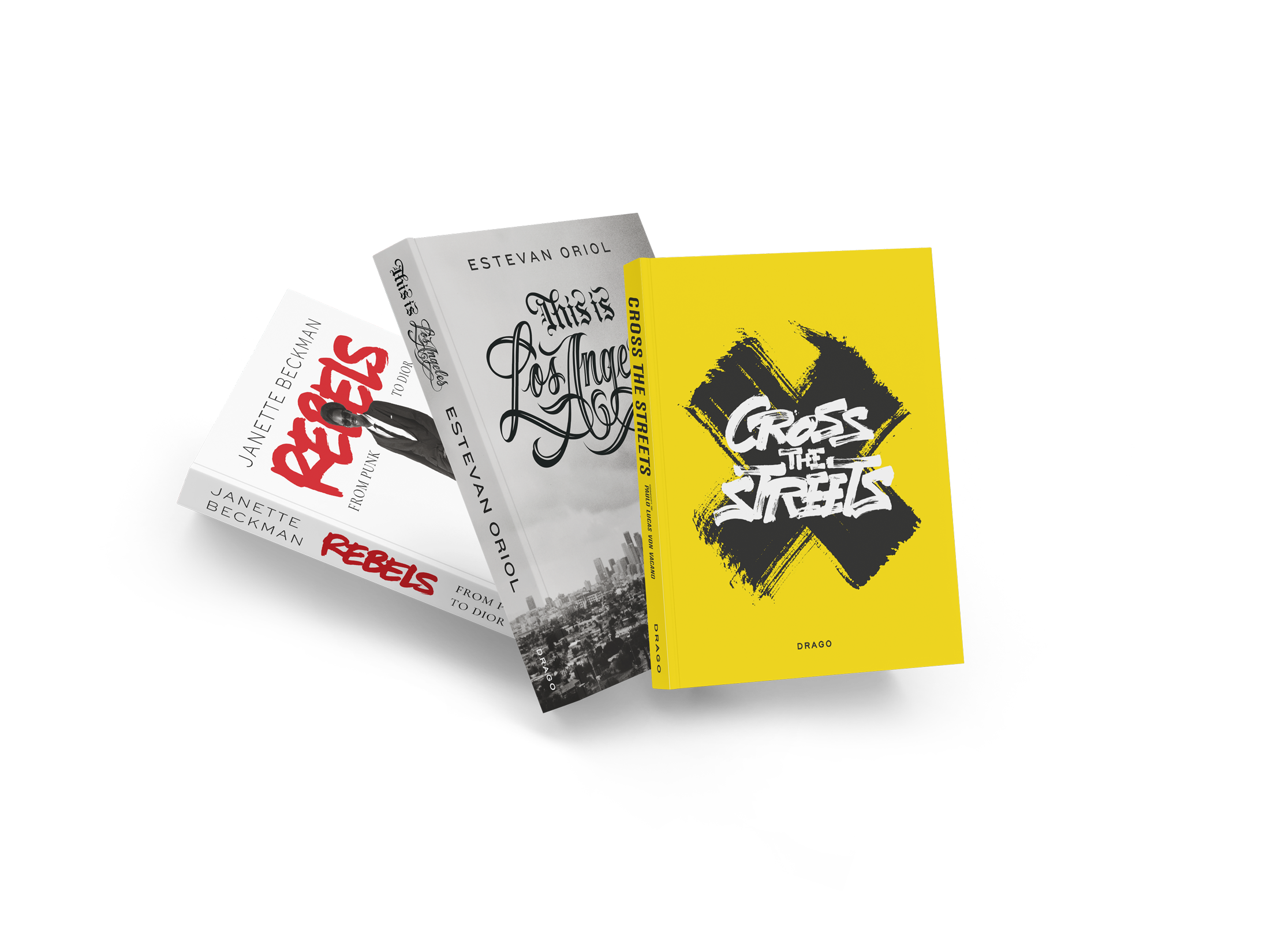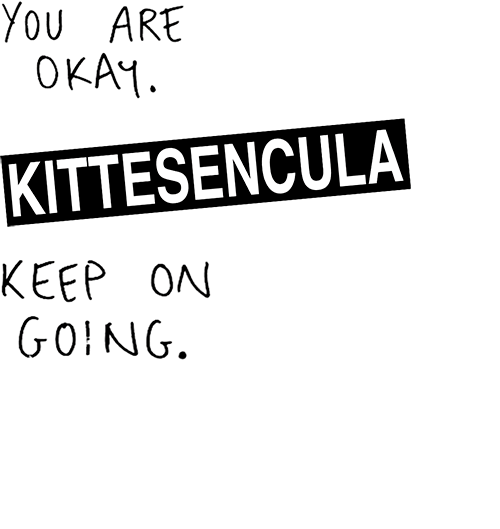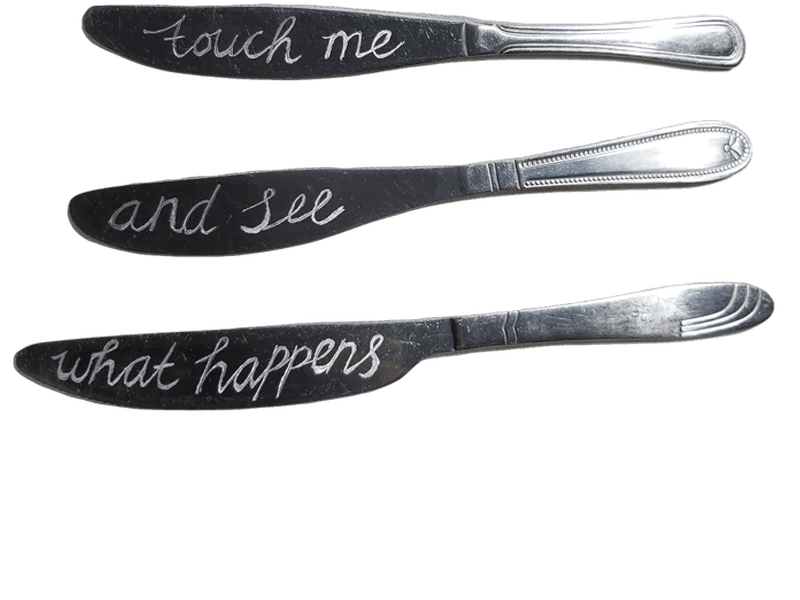
Paolo Di Paolo, born in 1925 in Larino in Molise, in 1939 he moved to Rome to pursue the classical high school diploma. Immediately after the war he enrolled in the philosophy faculty of the La Sapienza University, where he was a student of Guido De Ruggiero and fellow student, as well as a close friend, of Lucio Colletti. Between the mid-forties and the early fifties he frequented the artistic circles of Rome, coming into contact with the Forma 1 Group with leading figures such as Mario Mafai, Giovanni Omiccioli, Giulio Turcato, Antonio Corpora, Pietro Consagra, Carla Accardi and Mimmo Rotella, deciding to develop his interest in the figurative arts through the photographic medium. In the meantime he works in publishing and in 1953 he was appointed editor-in-chief of the Viaggi Cit magazine. Le tourisme en Italie. The debut in photography takes place as an amateur, "in the sense of photographing for pleasure". In 1954 he began to collaborate with the cultural weekly Il Mondo, founded and directed by Mario Pannunzio. Di Paolo became one of the main collaborators, boasting the largest number of shots appeared in the magazine (573 images). Furthermore, the first signed photograph of him appeared in the newspaper and also the last published in the closing issue. Between 1954 and 1956 he extended his collaborations to the Illustrated Incom Week, directed by Francesco Malgeri. In the same period he also began to work permanently for the weekly Tempo, directed by Arturo Tofanelli, for which he carried out numerous inquiries and reports, signed, among others, together with Pier Paolo Pasolini, Antonio Cederna, Lamberti Sorrentino, Mino Guerrini and Luigi Romersa and, as a correspondent, he also travels a lot outside Italy (Soviet Union, Iran, Japan, United States). Thanks to the friendship established in the cinema and the artistic world, he was able to take private and exclusive photos of the greatest intellectuals, actors and directors of the time. In the decade from the mid-fifties to the mid-sixties he made some important reportages on elite personalities: he photographed the former Italian sovereign, Umberto II, in an unofficial dimension, together with his children, in Oporto, a place of Charles Albert's exile; Enzo Ferrari in the factory among his workers and his engines; Anna Magnani in her villa in Circeo; fox hunts and exclusive horse racing competitions; the dances of the European nobility. In addition to this, he engages in important sociological investigations, such as The long sand road, of 1959, on the habits of Italians on vacation, signed with Pier Paolo Pasolini. With Pasolini himself, having established a relationship of trust, he follows him during the filming of "The Gospel according to Matthew" and "Mamma Roma" together with Anna Magnani, and also takes very private shots: at home, with his mother, at the "mountain" dei cocci "in Rome, and in meditation on the tomb of Antonio Gramsci in the non-Catholic cemetery in Rome. He concluded his career as a photographer by collaborating assiduously with the famous journalist Irene Brin, thus creating a "tandem" specialized in exclusive reports on international high society. In 1966 Il Mondo closes. Di Paolo decides to quit the profession of freelance photographer, he does so with a telegram addressed to Pannunzio himself who declares: "For me and for other friends, the ambition to be photographers is dying today". Ten years later Tempo will also suspend its publications, Di Paolo thus returns to his philosophical studies and historical research, while his photographic archive consisting of thousands of images will end up in the cellar. In the 1990s, his archive of 250,000 shots was rediscovered by his daughter Silvia. Since then, the enormous material has been cataloged and edited.



